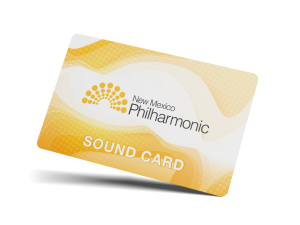Program Notes, ©2013 Lori Newman
Program Notes
Wolfgang Amadeus Mozart
Sinfonia Concertante for Flute, Oboe, Bassoon, & Horn in Eb Major, K. 297b (1778)
(Born 1756, Salzburg, Austria; died 1791, Vienna, Austria)
Mystery and controversy surround the Mozart Sinfonia Concertante in E flat Major, and it seems that no amount of scholarly research can put the matter to rest. The tangled web begins in 1778 in Mannheim, where Mozart was seeking employment. Mannheim housed the greatest orchestra in the world at the time, and Mozart became enamored with the playing of the orchestra’s principal players of flute, oboe and bassoon. They were on their way to Paris to perform chamber music with a world-renowned horn player and thought that Mozart should join them to potentially gain some commissions and possibly “network.”
A short time after arriving in Paris, Mozart wrote to his father stating that he was composing a concertante for the group and it had been commissioned by the director of the Concert Spirituel, Joseph Legros. It was to be performed on April 12, 1778, and Mozart sent the parts to Legros for copying so they would be done in time for the concert. For reasons which offer much speculation, they were never copied and perhaps lost. It is unknown whether the parts were ever found after the April concert, and if so, if they were ever returned to Mozart.
Mozart believed this was no accident and pointed the finger at Giuseppe Cambini, who at the time was the leading composer of his own brand of formulaic concertantes. This suspicion was never proven, although it seems rather convenient that when the Mozart Concertante was lost, a Cambini Concertante took its place on the April concert, using the same Mannheim players for which Mozart had composed his Sinfonia. He wrote to his father and stated that he would be able to reproduce the lost Concertante when he returned to Salzburg. It is unknown whether or not he did this, but regardless, the work was unheard of until 1870 when a Mozart biographer obtained a copy of the score. This score, however, used clarinet instead of the flute, and while never authenticated, was published in 1886. The question as to how or why the instrumentation changed has many theories, although the most widely recognized is that the solo parts are Mozart’s and that they were transcribed with the new instrumentation by someone else. The version most performed is the 1870 discovery that uses clarinet, although scholars have pieced together “restoration” versions which use the original instrumentation of flute, oboe, bassoon, and horn, which we will hear in today’s performance.
In 1960 scholars changed the Concertante’s status to an “attributed work” and a 1982 New Grove entry states, “its credentials are dubious, and any music by Mozart that it may contain can only be in corrupt form.” In 1988, the fortepianist and Mozart scholar Robert Levin penned a near 500-page tome entitled, Who Wrote the Mozart Four-Wind Concertante?. The book postulates that the orchestral parts are spurious, but the solo parts are Mozart’s, and while detailed and fascinating, it still cannot definitively state the work’s origin and course. It is widely agreed upon that the work possesses several earmarks of Mozart’s Paris style, but it seems unlikely that the mystery of whether Mozart wrote the Sinfonia Concertante, or how much of it he wrote, will ever be completely solved.



